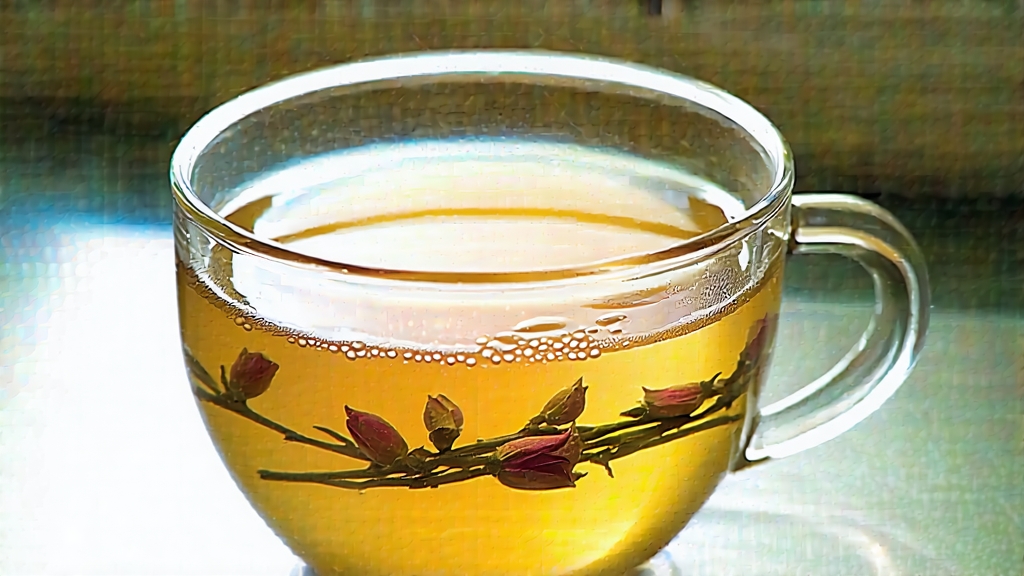
If green tea is the youthful scholar of Chinese tea culture and pu-erh the venerable sage, then white tea is the quiet poet who arrives at dusk, recites a single luminous line, and vanishes. Among the five officially recognised colours of Chinese tea—green, yellow, oolong, black and dark—white tea alone is defined less by what is done to the leaf than by what is left undone. Nowhere is this philosophy of restraint more exquisitely embodied than in Fuding Silver Needle, the most aristocratic of all white teas.
1. Geography: Where the Mountains Meet the Sea
Fuding county clings to the northeastern horn of Fujian province, a land where granitic peaks roll toward the East China Sea. The interplay of maritime fog and mineral-rich soils creates a diurnal swing of 8–12 °C, coaxing the tea bushes into a slow, fragrant metabolism. Two cultivars dominate: Fuding Da Bai (“Big White”) and the even more downy Fuding Da Hao (“Big Down”). Their oversized buds—sometimes 3.5 cm long—store an unusual density of amino acids and protective trichomes, the silvery “hairs” that give Silver Needle its name.
2. Myth and Memory: A 1,200-Year-Old Whisper
The first written trace appears in the Song-era “Treatise on Tea” (1107 CE), where Emperor Huizong praises “white buds from Dongling” so delicate that they must be picked with golden scissors. Yet folklore pushes the origin further back, to a Tang-dynasty imperial maid who fled the palace, hid in the Taimu mountains, and taught villagers to wither buds on bamboo trays “until the moonlight dries them.” Whether history or romance, the story captures the tea’s enduring association with feminine grace and nocturnal quietude.
3. Harvest Calendar: One Dawn, One Standard
Authentic Silver Needle is plucked only during a narrow climatic window—roughly five days before and after Qingming (early April)—when the bud has reached full “fish-hook” curvature but the first leaf has not yet unfurled. Pickers work between 5:30 and 9:00 a.m., before the sun burns off the dew, using a twisting motion that leaves the stem’s growth point intact for next year’s flush. It takes 30,000 buds, all picked by hand, to yield one kilogram of finished tea.
4. Craftsmanship: The Art of Letting Go
Unlike green tea, Silver Needle is never pan-fired or rolled. The process can be written in four verbs—wither, rest, bake, sort—yet each hides micro-decisions that separate mediocrity from transcendence.
Step 1: Outdoor Withering
Fresh buds are spread 2 cm thick on water-reed mats for 30–45 minutes. The goal is not desiccation but enzymatic awakening; polyphenol oxidase and peroxidase begin a gentle oxidation that will never exceed 5 %.
Step 2: Indoor Withering
Trays are moved to a sunless loft ventilated by mountain breeze. For 36–48 hours the buds lose moisture in a sine-wave rhythm: 70 % → 55 % → 60 % → 45 %. Masters gauge progress not with hygrometers but by the sound of a bud flicked against a porcelain bowl—still pliant, yet resonant.
Step 3: Low-Temperature Bake
Charcoal embers are buried under 7 cm of ash to hold 40–45 °C. The buds rest on bamboo screens 60 cm above the heat for 20 minutes, turning every 5. This “soft kill-green” halts oxidation while preserving L-theanine and fragrant aldehydes.
Step 4: Shade Rest & Sorting
After cooling, the tea is left overnight in paper-lined boxes so residual moisture migrates outward. The next morning, buds are graded by length, colour and trichome density; only the top 15 % earn the name “Silver Needle,” the rest become lower-grade White Peasant or Gong Mei.
5. Chemistry in Suspension: What You Actually Drink
Silver Needle’s liquor is pale champagne, yet its chemistry is anything but faint. Studies from Fujian Agriculture University show:
- Catechins: 14–16 % (lower than green tea, but higher in EGCG-3”-Me, a